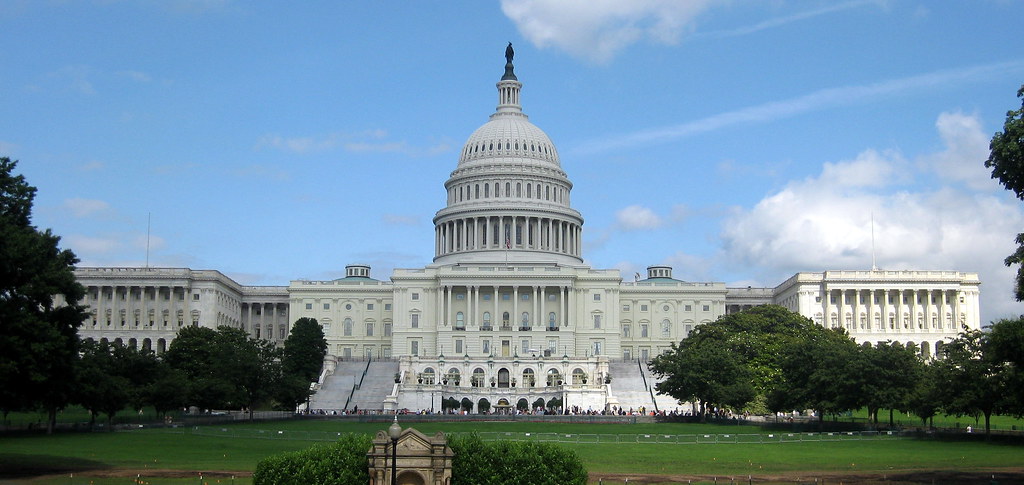On January 20, Joe Biden was sworn in as the country’s 46th President. It will be months, even years, however, before all of the accompanying members of his administration are in place. With over 4000 positions to fill, the vetting and selection process necessary to stand up a new administration is formidable. Add to that the lengthy road to Senate confirmation for over 1000 of those picks and you have a recipe for dysfunction.
The regularity of these interludes in which our government works at partial capacity should be cause for concern under any circumstances. The current one would be particularly disastrous if allowed to stretch on. From its largest departments to some of its smallest agencies, the federal government has many of the tools it needs to alleviate the symptoms and root causes of our overlapping public health, economic, climate, and racial injustice crises. Deploying these implements to their fullest potential, however, will require the rapid installation of permanent political leaders across the breadth of the administration. And it’s clear that that will not happen if the Senate fails to dispense with rules that force unnecessary tradeoffs and bog down confirmation processes.
Thanks to acting officials and delegated authority, the business of government fortunately does not grind to a halt during every transition period, but there is no doubt that it slows amid the upheaval of thousands of departures and arrivals. Acting officials ensure regular operations within their purview continue but they tend not to undertake major new initiatives (Trump and his suite of semi-permanent actings offer an obvious, recent contradiction). Even where acting officials take decisive action, their impermanence is a constraint due to concern, for example, that projects would shift or be abandoned with new leadership.
The situation is even more troubling on multimember independent agency boards where acting officials are not permitted. There, vacant seats are doomed to be vacant until a new occupant is confirmed. Given the bipartisan nature of these boards, it can also mean that the agency remains in the hands of the outgoing President’s party, or is simply paralyzed, until the Senate acts. Consider the Securities and Exchange Commission as an example, which is currently gridlocked with two Republican commissioners and two Democratic commissioners as it awaits the confirmation of Biden’s choice for Chair, Gary Gensler.
Under the current setup, relief will be slow. Over the past several decades, the average number of days from an appointee’s nomination to their confirmation has risen steadily. Delays are particularly severe for sub-cabinet positions, averaging 115 days. And that number excludes the lengthy vetting process that occurs prior to nomination. Added altogether, a President is likely to have only a fraction of Senate-confirmed positions filled by the end of his first year in office.
It should be clear that we can’t afford these delays. It may be less obvious, however, that many of the obstacles that produce them are not inevitable but of our political leaders’ own creation, and therefore can be modernized at any moment.
Arcane Senate rules governing floor time, in particular, come to mind. Prior to confirmation, nominees undergo extensive vetting, sit for questioning by the relevant committee, and are subject to debate on the Senate floor for a set period of time. While the first two hurdles are generally substantive steps in the advice and consent process, that last stage is most often a waste of time that rarely changes the final outcome and serves merely to slow the process. “Debate,” in reality, means Senators speaking into an empty chamber in turn and maybe not even about the question at hand. (The exact number of hours dedicated to this “deliberative” activity ranges from two to thirty depending on the class of nomination.) With so many nominees to consider and other responsibilities vying for limited floor time, it’s little wonder that things don’t move more quickly.
The scarcity of floor time has historically led to unpleasant tradeoffs. Advocating for a course of action has meant not only making the case that it’s important but that it’s more important than other pieces of legislation or different sets of nominations. An impeachment trial (however brief) or COVID relief packages were urgent this time around, but every new administration faces similar challenges.
For the most part, however, those are false choices. Rules governing floor time are not written in stone. Like other Senate rules, they can be changed. And, indeed, they have been before. In 2013, Democrats deployed the “nuclear option” to temporarily reduce floor time requirements for District Judges to just two hours and for subcabinet positions to eight hours. In 2019, this time under Mitch McConnell’s leadership, the Senate made similar changes reducing required floor time for an even larger swath of nominees to just two hours.
The Senate could go further still by allocating floor time to groups of nominees, rather than dedicating time to each on their own. So, for example, Senators could be given eight hours of total floor time to debate ten nominations. This is not dissimilar to how many confirmation hearings work for lower level nominees. And it could force time spent on debate to be more substantive. By grouping nominees, the Senate could discourage grandstanding over uncontroversial picks in favor of real debate over the one or two people to whom there may be real opposition.
This is just one of what are likely many options for streamlining the confirmation process. The most important point is that the Senate makes its own rules, so when existing ones cause a problem, they can and should change them. We are in a moment of historic, overlapping crises. Every single delay in addressing them carries a heavy cost. While lawmakers are often eager to tell us why they can’t do something, we must call their bluff when, as is so frequently the case, the obstacles are of their own making.
Header Image: “Washington DC – Capitol Hill: United States Capitol” by wallyg is licensed under CC BY-NC-ND 2.0

